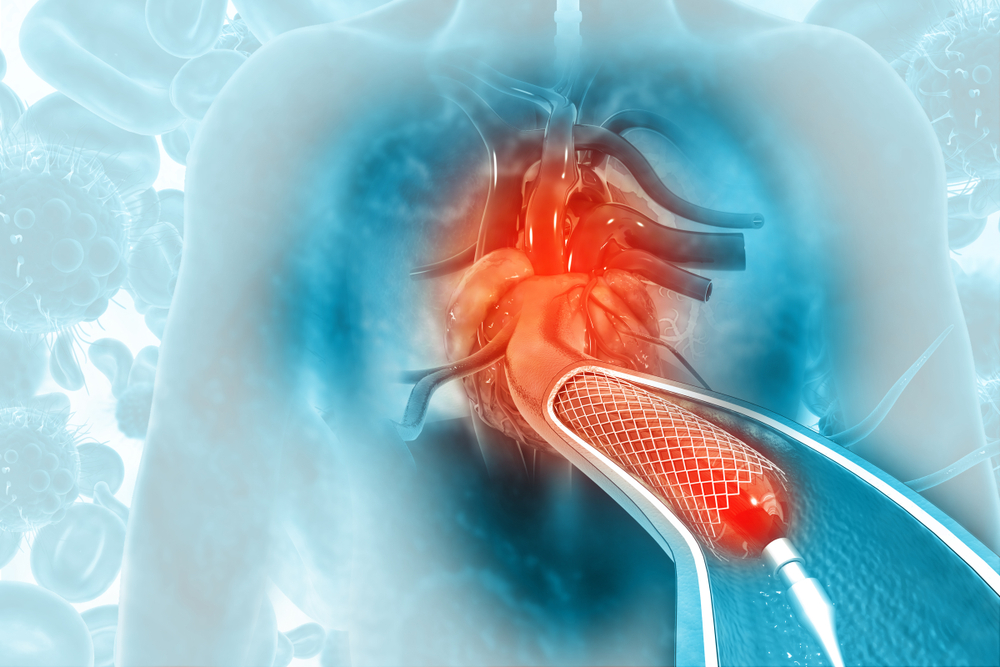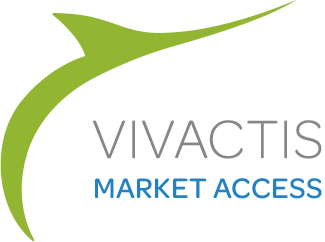EXPERTISE across healthcare industries
(Bio)pharmaceuticals
Our client portfolio ranges from small to large size pharma and biotech companies. Our team manages dossiers from A to Z or acts as a sparring partner for market access departments.
We have experience in several therapeutic areas: rare diseases, oncology, immunology and inflammation, infectious diseases and vaccines, neuroscience, ophthalmology, endocrine and metabolic, gastroenterology, respiratory diseases, women’s health …
We provide strategic and tactical advice to companies from early stages of clinical development (as early as phase II) to submission and follow up of pricing and reimbursement dossiers, including pharmaco-economics.


Medical Devices
Our client portfolio ranges from small to large size medtech companies. Our team manages dossiers from A to Z or acts as a sparring partner.
We have a broad experience with market access projects for medical devices in multiple therapeutic areas: cardiovascular diseases, orthopedics, diabetes management, respiratory diseases, women’s health, …
Our team includes consultants with a track record at large international medical device companies.
Digital Health
Digital health tools, including mobile health apps and wearable sensors, bring new approaches to the management of health conditions. The number of digital therapeutics (DTx) and digital care (DC) products and tools with software as a means to treat, prevent or manage specific diseases or conditions is growing.
The creation of regulatory and reimbursement pathways in Europe is evolving, enabling approved apps to play a growing role impacting human health.
At Vivactis Market Access, we navigate our clients through the complex payment and reimbursement landscape. Moreover, we provide strategic advice in an early phase of development which allows our clients to generate the data needed to accomplish succesful market access.

OVERVIEW OF COUNTRIES
- BELGIUM
- NETHERLANDS
- LUXEMBOURG
- FRANCE
- SPAIN
- ITALY
- OTHER
MARKET ACCESS IN BELGIUM
The Belgian system for P&R for medicines and medical devices is centralized and based on two arms: the Ministry of Economy for pricing and INAMI/RIZIV (National Institute for Health and Disability) for reimbursement advice to the Minister of Social Affairs through the CRM/CTG (reimbursement committee). It is also the HTA body for medicines in Belgium. The Minister decides whether or not the drug will be reimbursed. This is a central, unique decision. All medicines, reimbursed or not, are under price regulation.
MARKET ACCESS IN NETHERLANDS
ZIN (Zorginstituut, National Healthcare Institute) is the centralized HTA body for medicines in The Netherlands. It assesses whether extramural medicines and expensive specialist intramural medicines are eligible for reimbursement. Based on the assessment, ZIN sends its advice to the Minister of Health, Welfare and Sport (VWS). The Minister decides whether or not the drug will be reimbursed from the basic package. Farmatec centrally sets the maximum price for reimbursed medicines.
MARKET ACCESS IN LUXEMBOURG
The Luxembourg system for P&R for medicines is based on two arms: the Ministry of Social Affairs for pricing and CNS (National Institute for Health) for reimbursement advice to the Minister of Social Affairs. The Minister decides whether or not the drug will be reimbursed. This is a central, unique decision. Pricing is fully referenced to the country of origin which must have a packaging in French and/or German, hence usually Belgium.
MARKET ACCESS IN FRANCE
The French system for P&R for medicines is centralized and based on two arms : HAS Transparency Committee (HTA) for therapeutic added value and CEPS (Comité économique des Produits de Santé) for pricing. After obtaining a marketing authorization, a pharmaceutical company can freely set the price of a medicine. For a medicine to be reimbursed by Social Security, it must submit a request to both HAS Transparency Commission, and to the Comité économique des produits de santé (CEPS) as well as to the Union nationale des caisses d’assurance maladie (UNCAM). CEPS is where pricing negotiations take place. The final reimbursement decision is made by the Ministers of Health and Social Security. This is a central, unique decision.
MARKET ACCESS IN SPAIN
The Spanish system for P&R for medicines and medical devices is decentralized and split across national, regional and local. Levels. In Spain, reimbursement decision precedes pricing decision as only reimbursed products are subject to price regulation.
MARKET ACCESS IN ITALY
The Italian system for P&R for medicines and medical devices is decentralized and split across AIFA (Italian Medicines Agency), regional and local level health authorities. AIFA is responsible for the regulatory process as well as governance of medicines’ spending. Pricing is part of the reimbursement process with P&R interlinked.
MARKET ACCESS IN OTHER EU COUNTRIES
Contact us for more information about other countries.
FAQS
Ideally the process should start before or the at the time of the phase 3 trial design. Different scenarios for outcomes of the expected effectiveness should be sketched: added value, equal value or value only in a subgoup (f.i. in therapy resistance), always compared to the standard treatment. Important are preferred primary and secondary outcomes, trial design, and comparative treatment.
Our management follows since years Health Technology Assessments (HTA) and EUnetHTA developments that led to the current EU Regulation. Within our team, we have professors that are teaching about HTA and EU HTA Regulation within their current academic responsibilities. Moreover, we have identified the impact of new EU HTA process on pharmaceutical industry including strategic and operational risks and opportunities. This makes us a perfect service provider for strategic consultancy regarding this topic.
- Social Return on Investment (SROI):
The social return on investment is a type of economic evaluation that provides two interesting novelties:
The possibility of involving patients in the decision process and analysis of their situation.
The evidence that the investment is not a simple expense, but the opportunity to provide a solution to the unmet needs of patients, being able to estimate the profitability of said investment itself. - Burden of Disease studies (BoD): Burden of disease studies make it possible to quantify the costs associated with disease, both direct health and non-health costs, as well as those generated indirectly, such as, for example, losses in labor productivity. The measurement of quality of life, through various instruments, makes visible the intangible cost of loss of quality of life suffered by patients and informal caregivers.
- Social Value studies (SV)
- Cost-effectiveness analysis (CEA)
- Cost-utility analysis (CUA)
- Cost-benefit analysis (CBA)
- Quantitative and qualitative research methods: scientific literature reviews, database statistical analysis, questionnaires and surveys
Market access

